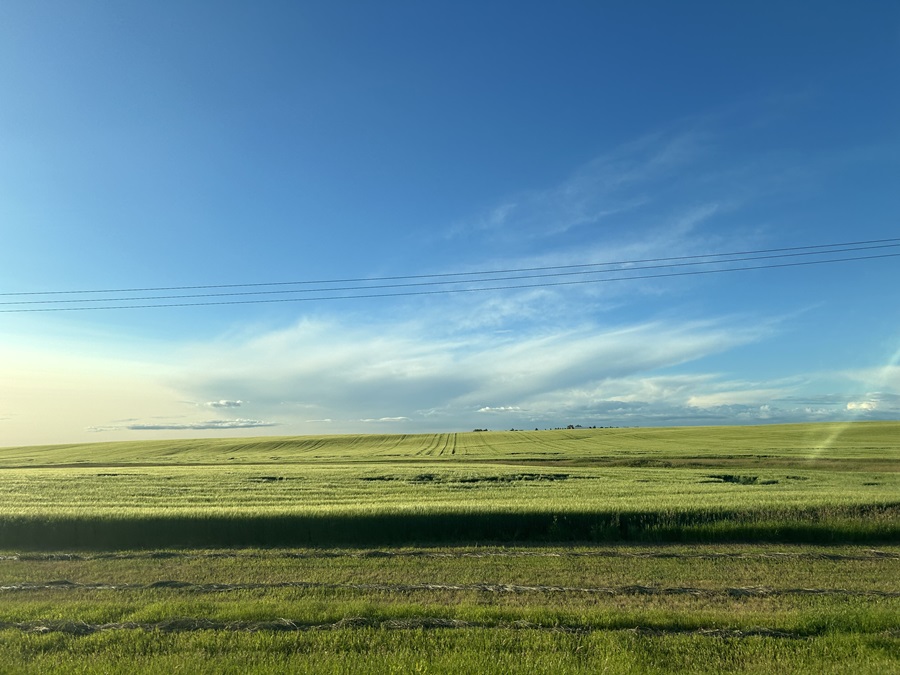Spring seeding is off to a strong start in Saskatchewan, with 18 per cent of the 2025 crop now in the ground, according to the latest provincial crop report.
That’s well ahead of the five-year average of 10 per cent and the 10-year average of 12 per cent for this time of year.
Despite stormy weather across much of the province in April, producers were able to access their fields and make rapid progress, the Saskatchewan Ministry of Agriculture said in its report for the period of April 29 to May 5.
The southwest region leads the way with 43 per cent of seeding complete, and early-planted crops already starting to emerge. The northwest and southeast regions have also made solid gains with 15 and 14 per cent completion, respectively. The west-central region sits at 11 per cent, while both the east-central and northeast regions report nine per cent.
Pulse crops are leading in planting progress, with lentils at 34 per cent seeded, followed by field peas at 31 per cent and chickpeas at 28 per cent. Among cereal crops, durum is furthest along at 33 per cent seeded, with triticale at 31 per cent, barley at 19 per cent and spring wheat at 13 per cent. Oats and canary seed are each at four per cent.
For oilseeds, mustard leads at 21 per cent seeded, followed by canola at 10 per cent and flax at six per cent. Perennial forage is five per cent seeded, while no reports of soybean planting have yet been recorded.
Dry conditions throughout the last week helped field operations proceed quickly. The Alida area reported the highest recorded rainfall at 16 millimetres, with 12 mm in the Lafleche area.
Topsoil moisture remains mostly adequate, though some areas are beginning to dry out. Cropland topsoil moisture is rated at three per cent surplus, 78 per cent adequate, 16 per cent short and three per cent very short. For hay and pasture land, adequate ratings sit at 71 and 68 per cent, respectively, with the remainder rated short or very short.
Livestock producers are watching closely for more moisture to support pasture growth and water supplies. Spring runoff, reported in late April, was normal in 55 per cent of areas, below normal in 30 per cent and above normal in 15 per cent. While 76 per cent of crop reporters believe runoff was sufficient to replenish dugouts and water bodies, 52 per cent in the southwest said it may not be enough.
![]()
Pasture conditions were also assessed late last month, with six per cent rated as excellent, 42 per cent good, 36 per cent fair, 13 per cent poor and three per cent very poor.
Warm, dry weather has producers busy with seeding, spraying, harrowing and rock picking. Livestock producers are finishing up calving and starting to move cattle to pasture while repairing fences.
The ministry is reminding farmers to work safely during the busy season and to watch for overhead powerlines when moving equipment in fields and farmyards.
The full crop report is available online. Updates are also shared on Twitter at @SKAgriculture.
